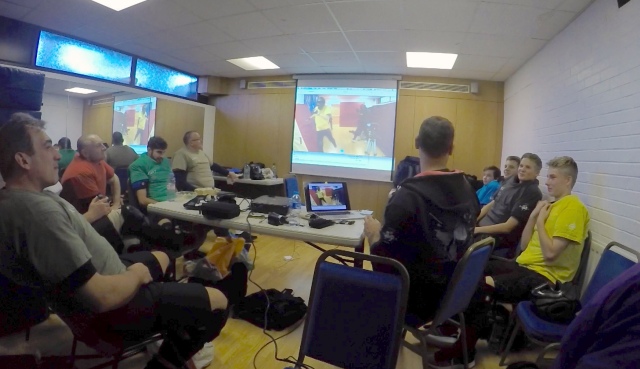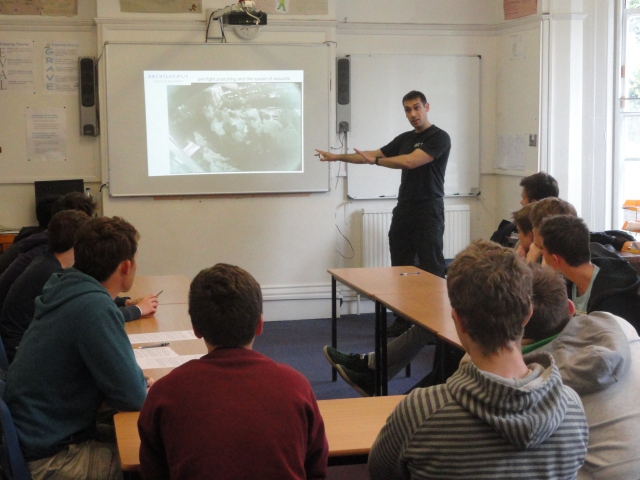
The other day a respected friend of mine made an observation about the number of clubs, particularly the pyjama dancers (as I call them), advertising that they were teaching self defence, when at best all they were doing was giving their students fighting skills.
It’s not an uncommon gripe amongst the instructors I train and talk with, both here in the UK and abroad. They know that when people are looking for ‘self defence’, actually the majority of what they really need isn’t physical skills; it’s greater knowledge to help them avoid, deter or de-escalate situations and the attributes to help them deal not only with events but their aftermath. These are things that are hard to find in most martial arts or RBSD syllabi, even harder to find taught well, and of course difficult to fit into an activity which for many is their main form of physical exercise – they expect physical training.

So are these people being conned when they believe they are learning self defence?
This does beg the question whether avoidance, deterrence, de-escalation and physical controls are actually self defence or related skill sets.
Your linguistic umbrellas may not be the same as those used by others.
If you use physical force to cause harm to another person and you have to justify it to either avoid charges regarding to the use of force, or to defend yourself against such charges, then you would claim ‘self defence’. The legal basis for this does vary from country to country, and anyone claiming to teach self defence should be aware of their own localities laws and be able to provide or direct students towards advice (which in turn should frame the physical training). As an example, although I provide information in my syllabi, I also direct my England-based students here.
I label what I teach under the broad brush of self protection, which for me includes personal safety (avoidance/deterrence), conflict management (verbal strategies and physical controls), and self defence (employment of fighting skills). After all, if I have to justify the use of force in a Police interview or Court of Law I will do so claiming self defence based on my honest belief as to the threat posed.
Since self defence is the term by which the justifiable use of force is known, and the most common lay terminology, it is also the term that you are most likely to see people (accurately) using to describe the physical skills they (maybe far less accurately or delusionary) believe are appropriate for dealing with people attempting to hurt them. As the majority of tested techniques are used in combative sports, these are also likely to be ‘fighting skills’.
So from a different perspective fighting skills are actually the main part of self defence, but self defence is really just a small part of self protection, and what most people looking for self defence really need is advice on personal safety and conflict management for the prevention of crime.
 Does this solve the problem of the representation of self defence? People aren’t going to look for what they don’t know they need, they will search for what they believe they need. That’s why the use of the term self defence is still important.
Does this solve the problem of the representation of self defence? People aren’t going to look for what they don’t know they need, they will search for what they believe they need. That’s why the use of the term self defence is still important.

